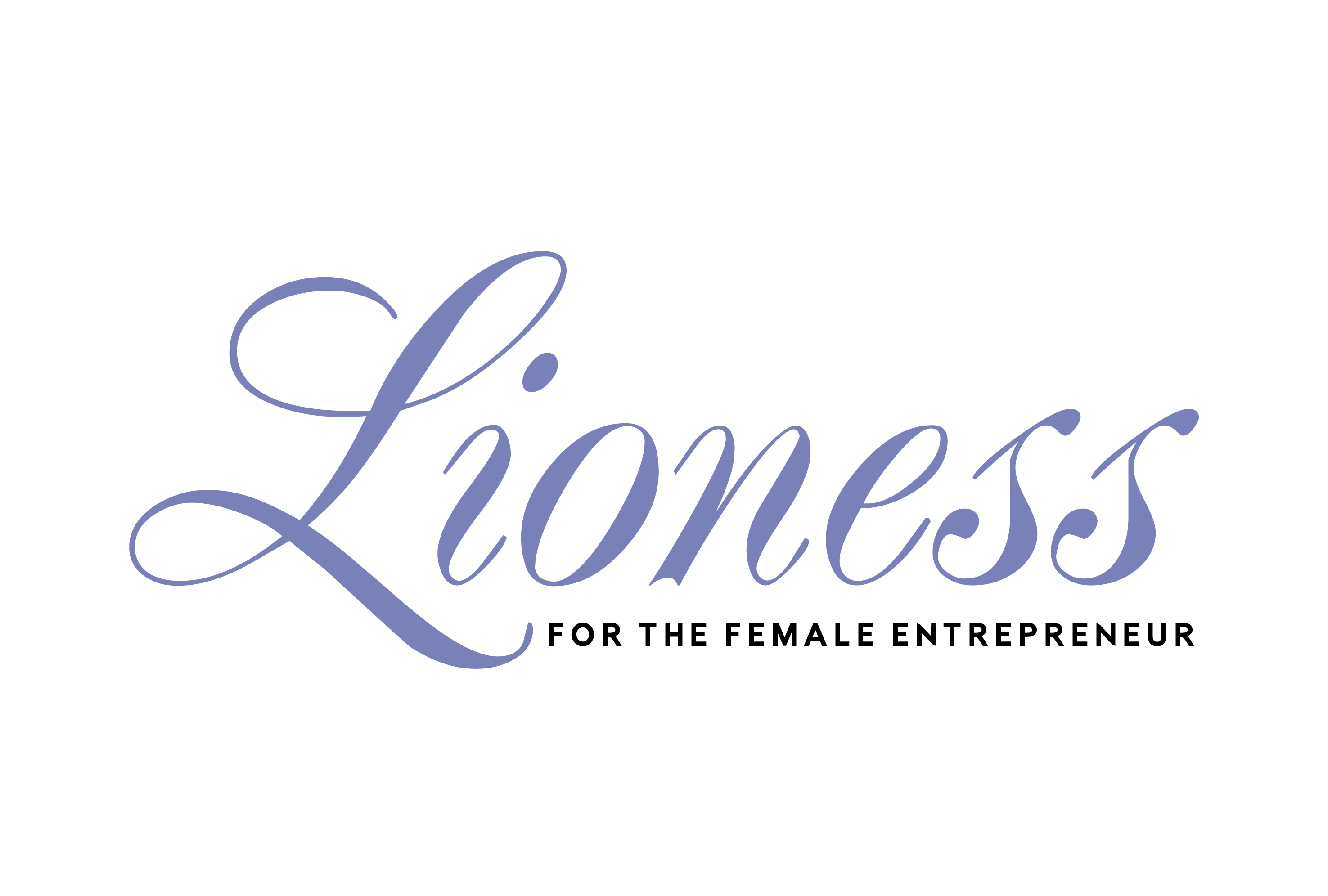“What if you could donate your voice to someone in need?” This is how Rupal Patel, founder and CEO of VocaliD ended her first TED talk in 2013. When she received an avalanche of interested donors, she realized that there might be something there.
Start up journey
Patel describes her entrepreneurial process as organic. Now a tenured faculty member at Northeastern University, she began her research in academia as a speech language pathologist. Patel was specifically interested in speech recognition technology and subsequently decided to pursue her PhD in that area.
The first iteration of VocaliD was a project called Vocality. Patel used technology to give voice to persons with disabilities such as cerebral palsy or for individuals on the autism spectrum. This work led her to the TED stage where she presented the research and the science behind how to make a voice for someone. It was that overwhelming response to her ending question that got her gears turning about taking her research a bit further.
In 2015, Patel received her first grant from the National Science Foundation. The mission was to create uniquely crafted, more diverse and inclusive voices. The first three to four years solely focused on developing the technology and beginning to figure out how to productize it. The goal was to scale the business and learn how they could create individualized voice technologies at an affordable price point. By late 2018 Patel and her team had a process in place.
Demand for voice has increased
“The demand for voice has increased rapidly,” says Patel. The field of voice-first technologies is something that we have become quite familiar with over the past few years. We have embraced devices like Amazon Alexa and Google Home. They are voice personalities in millions of homes.
While the explosion of voice-first technology may have primed the market for VocaliD, Patel also suggests that the pandemic contributed to the growth of such a product. After endless Zoom rooms with cameras off, we have adapted to listening in a new way. “When you have just audio, you actually listen in a different way,” says Patel.
Speaking for promotion
As someone working in the world of voices, speaking opportunities have also been an essential part of Patel’s plan for growing VocaliD. “Public speaking is a part of marketing,” says Patel. “That’s how people get to know who we are.” Because the grants that VocaliD has don’t fund other marketing, speaking publicly is one of her best opportunities to reach a broader market.
Diversity of accent and style
VocaliD continues to distinguish itself from other voice technologies through its unique approach to create individualized voices. The mission at VocaliD has evolved. It not only creates voices for individuals who need them for daily communication but also creates customized voice experiences for companies.
“We think a lot about changing the copy, or the content for different market audiences. But I think the era now of being able to change the voice is possible…”, says Patel.
Diversity of both content and style play a critical role in connecting with audiences. If you speak quickly to an elderly audience and use slang or young pop culture references, you wouldn’t expect that audience to connect as well. “The fact that you can maybe modify that a little bit for different audiences is something that I want to open up a conversation about,” says Patel.
If you are interested in public speaking as a way to promote your business, consider becoming a member of Innovation Women. This is a non-traditional women’s speaker’s bureau that helps connect women with speaking opportunities and event managers with speakers.
For tips on public speaking, check out this article.
To contribute your voice to the work of Vocal ID, visit vocalid.ai/voicebank.





Add Comment